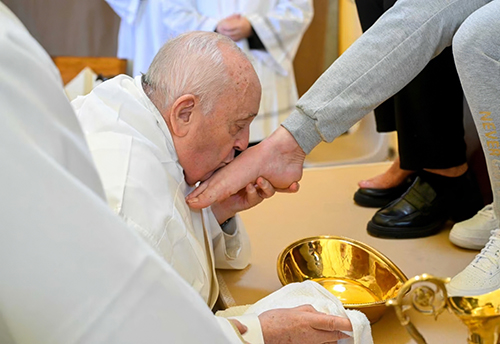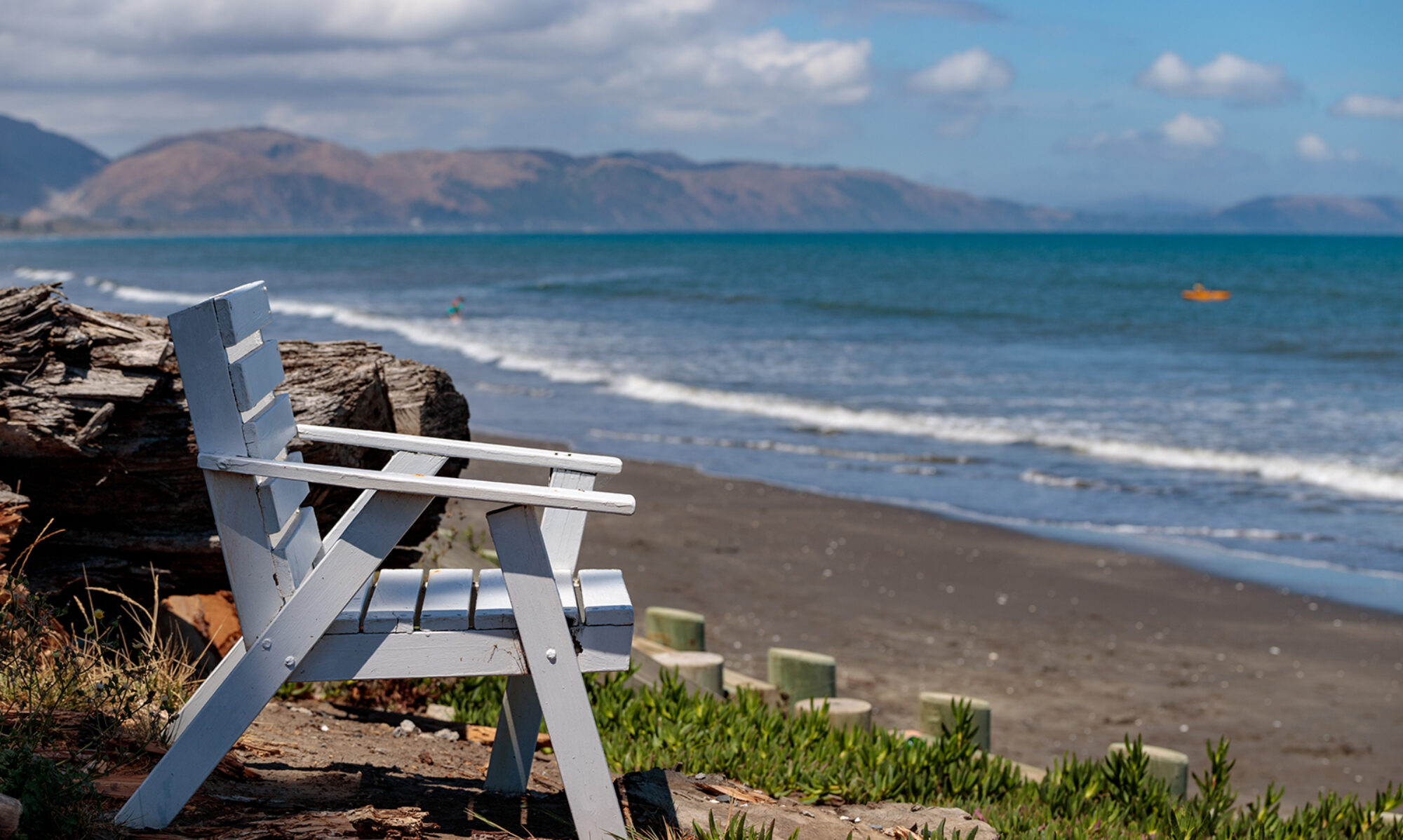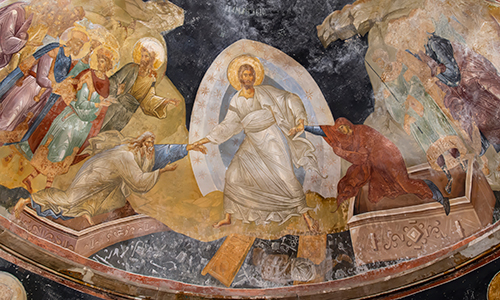
Our week began with news of the death of Jorge Mario Bergoglio, known to us as Pope Francis.
I had just seen, on the television news, the Pope being driven through the gathered crowds in St Peter’s Square.
He did not look at all well.
At one point, the vehicle stopped, and a small child was presented to Pope Francis.
Raising his left hand towards the crying boy, this is the moment Pope Francis gave his last public blessing as he drove through St Peter’s Square for the last time.
Footage of the brief exchange is now deeply poignant following the pontiff’s death.
That is the last image and memory of the Pope alive.
The aged blessing the new, somewhat as a relay runner handing over a baton, “It is your turn now!”
Other memories I have include: Barely two weeks after his election, at the Chrism Mass in March 2013, Pope Francis told the gathered clergy to take on “the smell of the sheep”, being pastors close to the people, rather than administrators governing from a stale, cold office.
On his return flight from his visit to Brazil in 2013, Pope Francis raised eyebrows when, in a response to a question on homosexual clergy, he said, “If someone is gay and he searches for the Lord and has good will, who am I to judge?”
For many, it was a shocking statement from the leader of a global institution still largely considered to be homophobic by significant portions of society, and where many homosexual individuals have struggled to find welcome and acceptance.
Another image I have is of Pope Francis as he twirls a soccer ball he was presented by a member of the Circus of Cuba, during his weekly general audience at beginning of 2019.
The smile on the Pope’s face is one of sheer delight.
Another memory I have of Pope Francis is his image of the Church as a “field hospital”. “The thing the Church needs most today is the ability to heal wounds and to warm the of the faithful hearts; it needs nearness, proximity.”
This may provide us with the Pope’s entire vision for the Church’s and its pastors’ role in the world.
As recently as Holy Thursday last year, the pope celebrated the evening Mass of the Lord’s Supper at Rome’s Rebibbia Prison.
The Pope poured water over the feet of 12 women inmates, dried them with a towel and kissed their feet.
The pope, who had difficulty walking, washed their feet while seated in his wheelchair.
Today we celebrate Divine Mercy Sunday. As we remember Pope Francis, may we” live this day compassionate of heart, clear in word, gracious in awareness, courageous in thought and generous in love.” (John O’Donohue)


